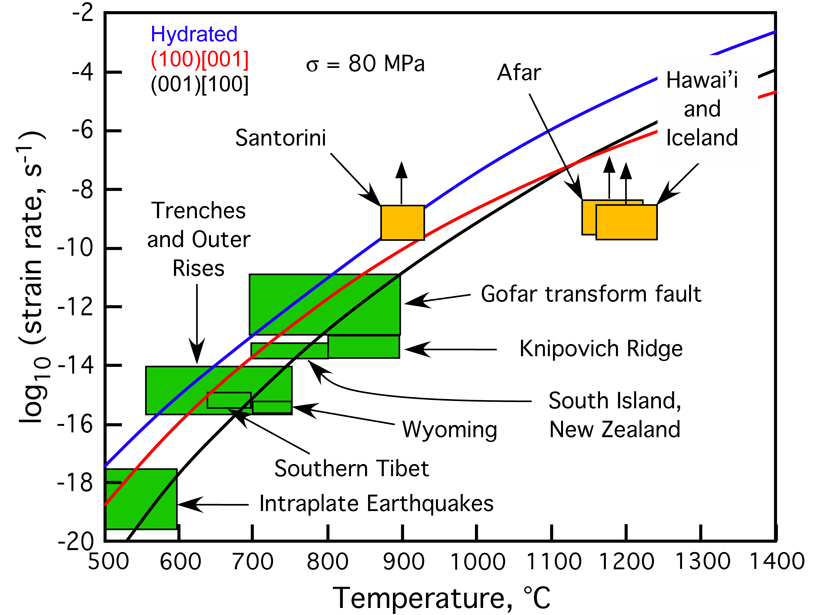Regional strain rate may play as significant a role as temperature in governing the depth distribution of earthquakes in mantle lithosphere.
J. Escartin
Associate Editor, JGR: Solid Earth
Associate Editor, JGR: Solid Earth

Regional strain rate may play as significant a role as temperature in governing the depth distribution of earthquakes in mantle lithosphere.